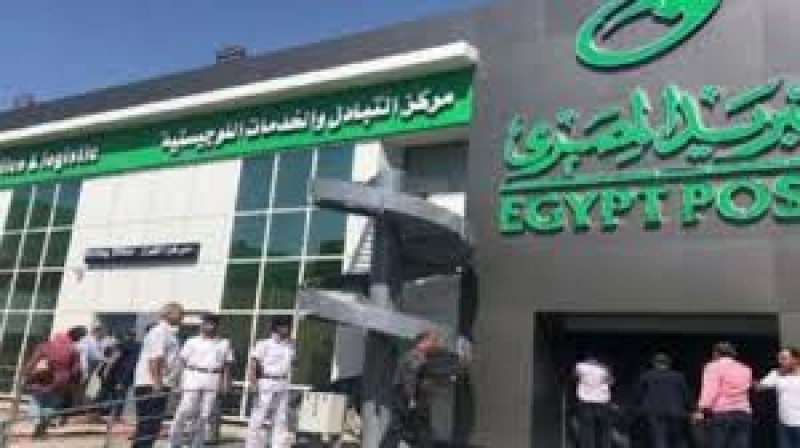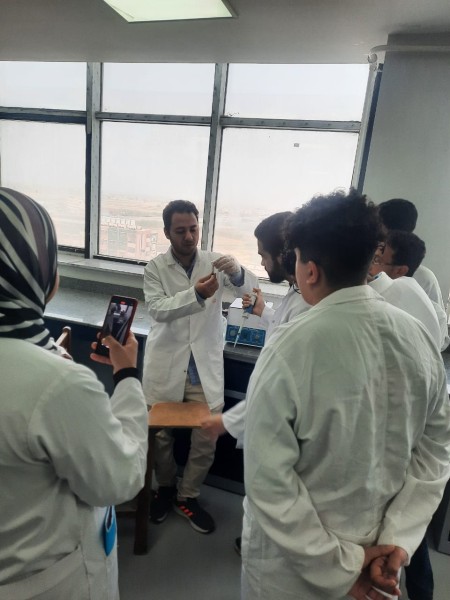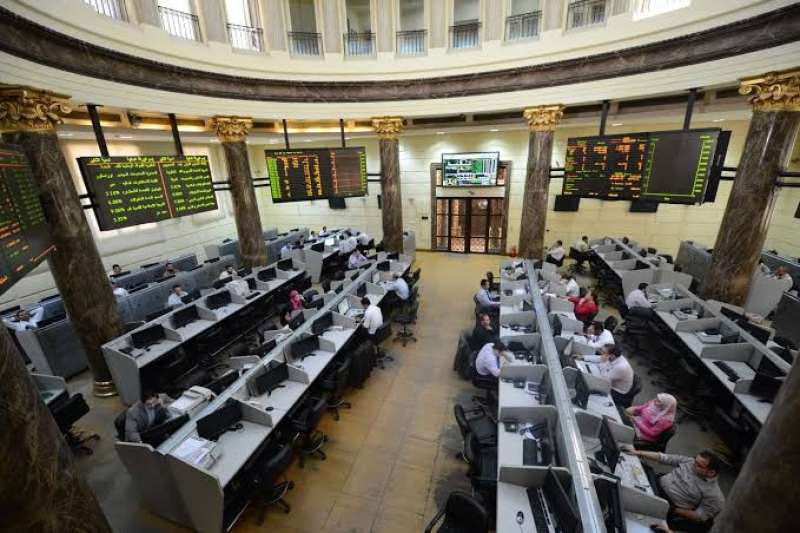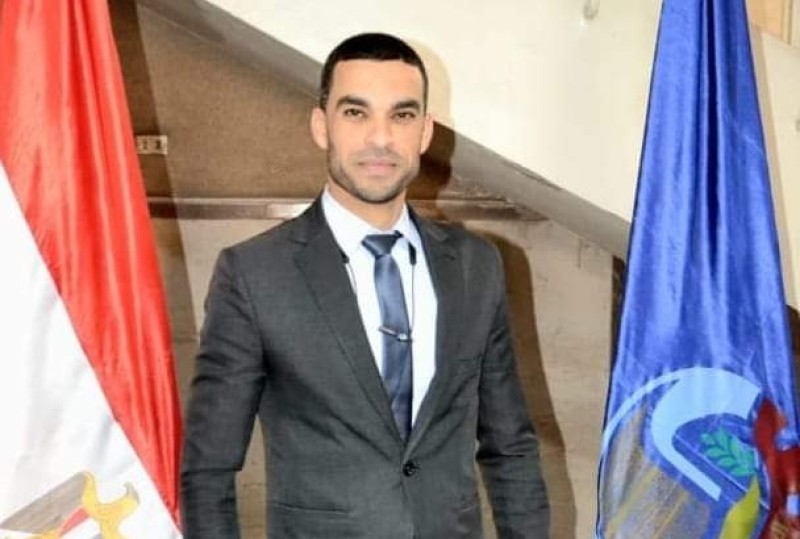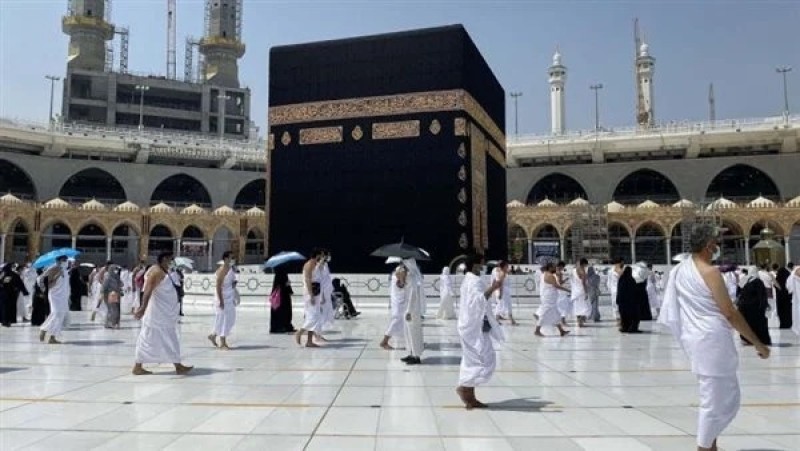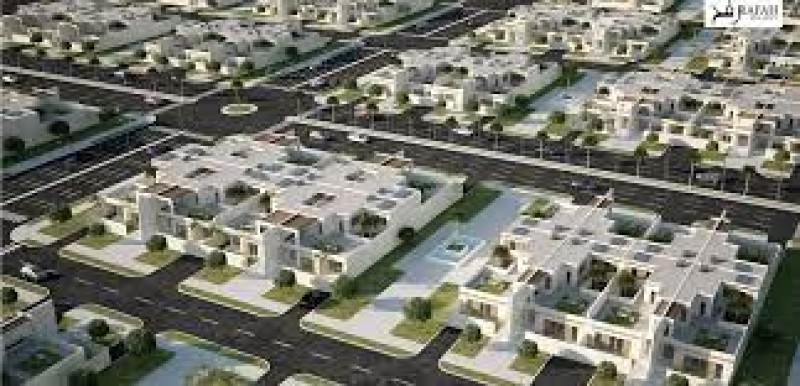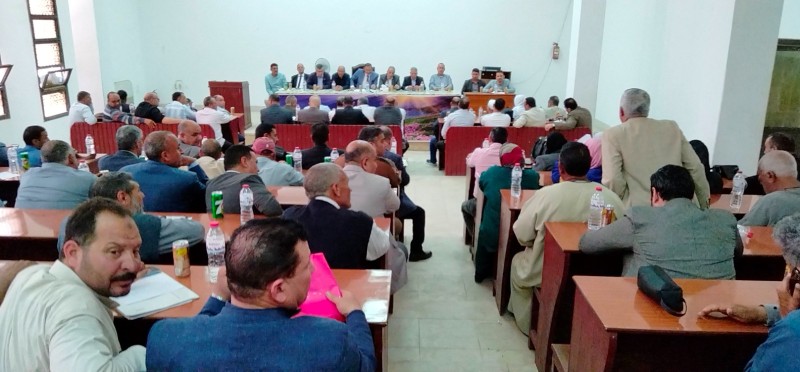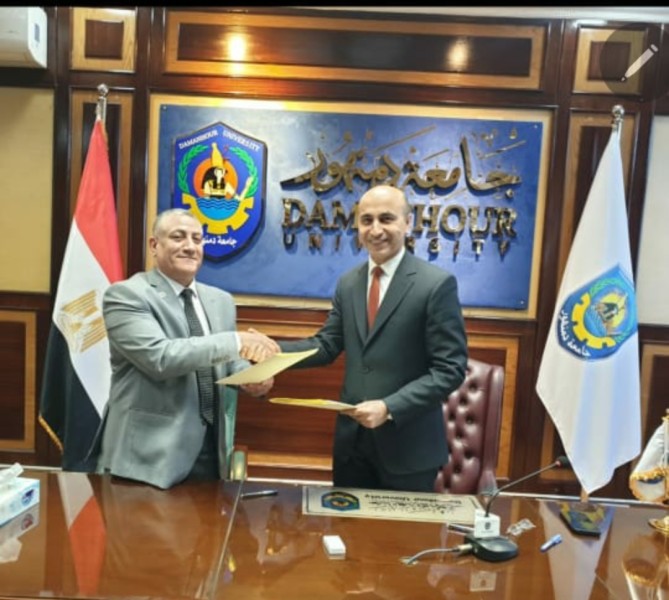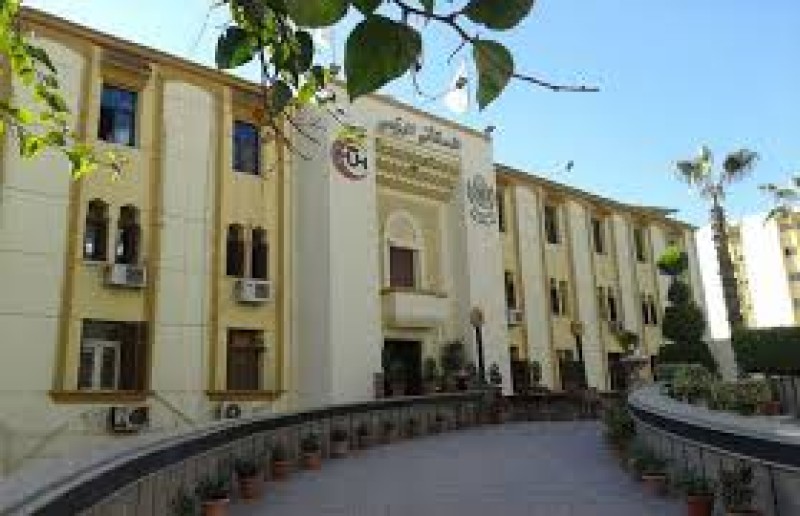“Beshtak” is the royal palace, which was turned into the house of Arab singing

n the year 740 of the Hijra, 1339 AD, Prince Seif al-Din Bashtak al-Nasiri bought his palace, which bore his name, and carried it on the street of al-Muizz Li Din Allah the Fatimid, to this day.
Bashtak was owned by Sultan Al-Nasir Muhammad, who bought it after the slave merchant recommended the purchase of a property resembling Abu Saeed Bahadur Khan, the Tatar king.
He held several positions until he reached the position of writing the secret of the Sultan, which made him enjoy the respect of Al-Nasir Qalawun, so he married his daughter.
The competition was intense between him and Prince Qawsun al-Saqi, and it ended with his arrest and his murder in prison in the year 742 AH.
The palace was inhabited in the past by Prince Badr al-Din Baktash, then Prince Bashtak later bought it from the heirs, and Prince Bashtak added to the palace the spaces that surrounded it, and after completion He hated it from the building, so he sold it, and the Al-Fajl Mosque was attached to the palace, and it has two entrances, one of which overlooks Al-Muizz Street, and the second overlooks the Crimson Path, and the palace consists of two floors, the ground has a hall, a stable, a servants room, and the upper floor.
Minor components
The palace consists of three floors, the ground floor has a hall, stables, granaries, and servants' rooms.
The second floor of it includes a ballroom and bedrooms, while the third floor was designated for the harem, but it was demolished, and the main hall of the palace was preceded by an exposed roof to the left of a room leading to The main hall has a wooden ceiling with woodcut decoration, and in the center there is a fountain of colored marble to moisten the atmosphere with its splashing water while the prince and his visitors are sitting. Four iwans perpendicular to the main hall. The two side iwans were used to erect an upper level with a row of small arches covered with wood lathe to be used as songs for the harem to sit behind to be able to watch the celebrations in the hall without anyone seeing them. The hall overlooks the street with mashrabiyas for ventilation and lighting, and the ceilings of the hall are also distinguished Wooden recessed tiles, decorated with both coloring and gilding methods.
The palace has three facades, the first is the vertical and it is located on the northwestern side, overlooking Al-Muizz Street, and it consists of three Floors with mashrabiyas are not straight, but in two parts, one of which is recessed, and the other is prominent, and has drawings Geometric is a verse in beauty, and the second façade is located on the northeastern side, overlooking the Crimson Path, and has a number of covered windows It has metal veils, and it also includes a gate leading to the palace. The third facade on the southwestern side of the palace overlooks the Bayt al-Qadi Lane, but the visitor to the palace must follow the current entrance after its development, which is the entrance that is distinguished A decorated wooden staircase leads to a wooden door with inscriptions on the founder of the palace and the date of its creation.
Arab Singing House
The Egyptian Ministry of Culture has sought to take advantage of these palaces and ancient houses in Cairo, by transforming them into artistic and cultural centers and squares for creativity that seek to raise artistic, intellectual and cultural awareness among followers and interested. In this context, Prince Bashtak Palace was designated as the headquarters of the House of Arab Singing as one of the artistic creativity centers of the Cultural Development Fund, based on the decision of the Minister of Culture No. 510 of 2009
The Jewish temple in Alexandria reflects a civilized image of Egyptian relations .












